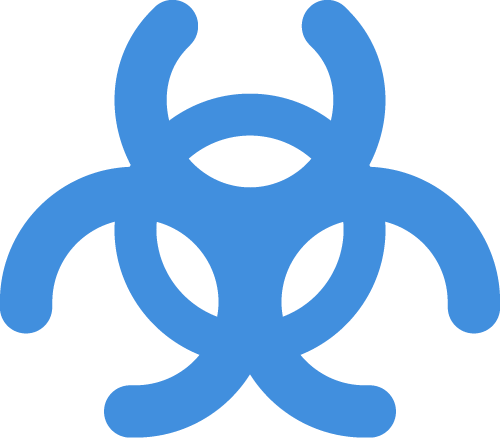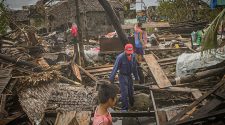Humanitarian needs are already at their highest level in decades, but COVID-19 is causing them to soar further. The World Food Programme (WFP) estimates that 265 million people could be pushed to the brink of starvation by year’s end. In response, humanitarian agencies are stepping up and finding innovative ways to overcome unprecedented access barriers. Here are five ways we are adopting technological solutions to identify and track needs, reach at-risk populations from afar, fill health supply gaps, teach children and provide information to communities on how to stay safe.
Remote technologies to deliver aid
Drones, blockchain and 3D printing are some of the tools for humanitarian agencies to deliver from afar to overcome travel restrictions and risks of inadvertently spreading COVID19. In Cameroon the Office for the Coordination of Humanitarian Affairs, or OCHA, is collaborating with the Ministry of Health, engineering school Polytechnique and the Israeli Embassy to support 3D printing of masks and respirators for health workers and facilities. Elsewhere, drones are being used by companies, governments, humanitarian organizations and others to deliver assistance and medical support. For example, Zipline uses drones to deliver medical products in Rwanda and to bring testing samples to labs in Ghana. The drones work this way: a health worker sends a text to order a supply, a drone then picks it up and delivers it from a distribution centre. It can carry up to 1.8 kg of cargo and travel 90 miles an hour. Blockchain technology is also being used to allow multiple partners to remotely provide and track the flows of cash assistance.
Read more on Medium.














